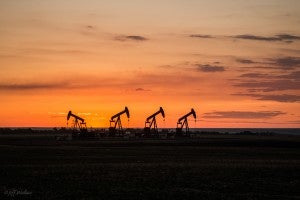 Last Friday, the incoming head of the International Energy Agency (IEA), Faith Birol, provided a briefing to U.S. stakeholders about IEA’s new special report on climate change, which found that global emissions could peak by the end of this decade without reducing economic growth. The report outlines five key pillars for turning the emissions corner by 2020, and importantly, one of the pillars is reducing methane from the oil and gas sector. The report‘s finding that the scale of potential reductions from oil and gas methane is about the same as the reductions from renewable energy underscores the impact that action on methane can have.
Last Friday, the incoming head of the International Energy Agency (IEA), Faith Birol, provided a briefing to U.S. stakeholders about IEA’s new special report on climate change, which found that global emissions could peak by the end of this decade without reducing economic growth. The report outlines five key pillars for turning the emissions corner by 2020, and importantly, one of the pillars is reducing methane from the oil and gas sector. The report‘s finding that the scale of potential reductions from oil and gas methane is about the same as the reductions from renewable energy underscores the impact that action on methane can have.
IEA’s report is the latest in a stream of recent analyses illustrating the enormous potential for methane reductions to slow climate change. This is because methane has such a powerful short-term impact on the climate, with 84 times more warming power than carbon dioxide over a 20-year timeline. And, the report also highlights the significant opportunity that exists in implementing cost-effective, commonsense measures to cut these emissions, which many governments and companies have not yet taken advantage of. Read More










 California public school teachers. Religious charities. New York police officers and firefighters.
California public school teachers. Religious charities. New York police officers and firefighters.

